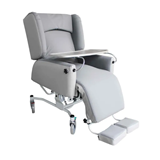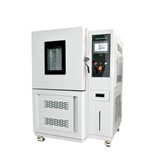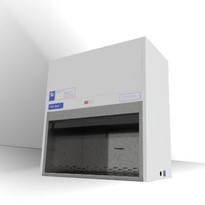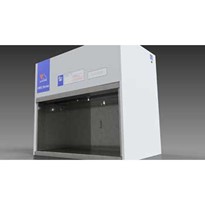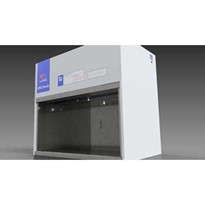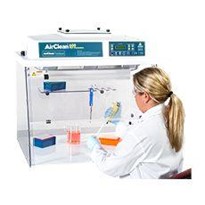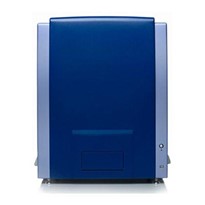A PCR vertical laminar flow cabinet, also known as a PCR workstation or PCR hood, is a specialised piece of laboratory equipment used in molecular biology and genetics research, particularly in the Polymerase Chain Reaction (PCR) technique. It provides a controlled and sterile environment for performing PCR and other sensitive DNA or RNA manipulation procedures. Here's why a PCR laminar flow cabinet is used:
Contamination Control: PCR is a highly sensitive technique that amplifies DNA or RNA samples. Even a small amount of contamination from external sources can lead to false results or failed experiments. The laminar flow cabinet provides a sterile, controlled airflow that helps prevent airborne contaminants, such as dust, bacteria, and other DNA or RNA fragments, from coming into contact with the samples.
Aseptic Technique: A laminar flow cabinet helps maintain an aseptic or sterile environment, reducing the risk of introducing contaminants into the PCR reaction. This is crucial for accurate and reliable results, especially when working with small amounts of DNA or RNA.
Minimisation of Cross-Contamination: The laminar flow of HEPA-filtered air inside the cabinet creates a barrier that prevents cross-contamination between different samples. This is important when multiple samples are being processed simultaneously.
Protection of Samples: The laminar flow cabinet provides a physical barrier that shields the samples from researchers' breath, skin cells, and other potential sources of contamination. This helps ensure that the samples remain pristine and uncontaminated.
UV Light Sterilization: Many PCR laminar flow cabinets are equipped with UV lights that can be turned on when the cabinet is not in use. UV light helps sterilise the working area, reducing the chances of microbial contamination. As a safety precaution, the UV shield should always be fitted whenever the UV lamp is in use.
Workflow Efficiency: A PCR laminar flow cabinet typically has a spacious, well-lit workspace with features like armrests and a clear viewing window. This ergonomic design enhances comfort and allows researchers to work efficiently for extended periods.
Reduced Experimental Variability: A PCR laminar flow cabinet contributes to reducing experimental variability by providing a consistent and controlled environment. This is particularly important in research and diagnostic settings where reproducibility is critical.
Compliance with Guidelines: Many laboratories, especially those involved in clinical diagnostics and regulated research, are required to follow particular guidelines and protocols to ensure accurate and reliable results. Using a PCR laminar flow cabinet helps laboratories comply with these guidelines.
In summary, a PCR laminar flow cabinet is essential for maintaining a clean, controlled, and sterile environment when working with DNA and RNA samples, particularly during PCR and other sensitive molecular biology procedures. It is crucial in minimising contamination, ensuring accurate results, and supporting high-quality research and diagnostics.
One consideration when using a PCR workstation is that they are designed solely to protect products and or experiments. A standard PCR workstation would be unsuitable when operator protection is also needed. With this issue in mind, Thermoline can offer a PCR60R, which provides operator protection. This is achieved by having an air barrier between the operator and the work area. The exhaust is through an additional HEPA filter through the top of the cabinet.
Thermoline is happy to be able to supply the AES Environmental range of PCR workstations. These cabinets are fully Australian-designed and made. Being made in Australia, it is easy to offer options and customisations. Floor stands, trolleys, power outlets, and service taps are available. Through our partnership, Thermoline is not only able to provide local expertise and locally sourced parts but also maintenance and onsite NATA testing.
Please get in touch with the sales team for any further information.


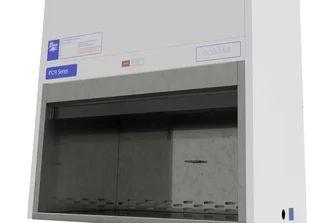



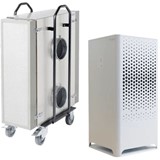
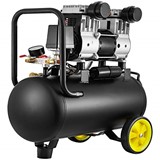


-160x160-state_article-rel-cat.png)







